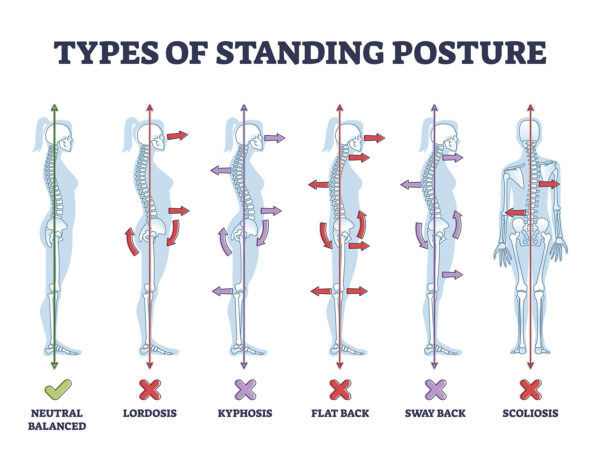Grasping the Basics of Periodization
Periodization refers to the systematic planning of athletic or physical training, wherein workouts are structured in specific cycles and phases to optimize performance, peak at the right times, and minimize the risk of injury. The intention is to introduce variation to prevent adaptation, allowing the body to continually progress.
The Underlying Principles
Periodization is rooted in two primary principles:
- Overload Principle: For muscles to grow and strength to increase, the body must be subjected to stresses beyond its usual capacity. As the body adapts, the intensity or volume needs adjustment.
- Recovery Principle: After pushing the body, it requires time to recover and adapt. Periodization ensures there are periods of intense training and rest.
Types of Periodization
There are various methods of periodizing training, each with its unique approach:
- Linear Periodization: Gradually increasing intensity while decreasing volume over time.
- Undulating Periodization: Fluctuating intensity and volume regularly, such as weekly or even within a single week.
- Block Periodization: Focuses on developing one particular skill or attribute for a specific period, then shifting to another.
Benefits of Incorporating Periodization
- Preventing Plateaus: By consistently introducing changes, the body is less likely to adapt and stagnate in progress.
- Reduced Risk of Overtraining: Varied intensity and rest periods ensure muscles aren’t continually taxed to the point of overtraining or injury.
- Holistic Development: Different training phases target strength, endurance, hypertrophy, and power, leading to well-rounded fitness gains.
- Mental Freshness: Changing routines can prevent boredom and increase motivation.
Implementing Periodization in Your Routine
- Assessment: Determine your long-term goals. Are you training for a marathon, aiming for muscle hypertrophy, or prepping for a weightlifting competition?
- Planning Phases: Divide your training into macrocycles (yearly or bi-yearly plans), mesocycles (monthly or phase-based plans), and microcycles (weekly plans).
- Track Progress: Regularly assess performance to adjust future phases. For instance, if strength doesn’t increase in a particular mesocycle, the next phase’s intensity or volume might need tweaking.
Common Misconceptions
- Only for Elite Athletes: While periodization is popular among professional athletes, even recreational gym-goers can benefit.
- Complex and Time-Consuming: Basic periodization doesn’t require intricate planning. It could be as simple as altering rep ranges, weights, or incorporating new exercises every few weeks.
In Summary: The Dynamic Nature of Fitness
Physical fitness isn’t static. As you evolve, so should your training regimen. Periodization recognizes this dynamic nature, encouraging planned changes to stimulate continual growth, ward off monotony, and prioritize health. Whether you’re a seasoned athlete or someone newly acquainted with the gym, integrating periodization can pave the way for sustained, holistic progress in your fitness journey.







